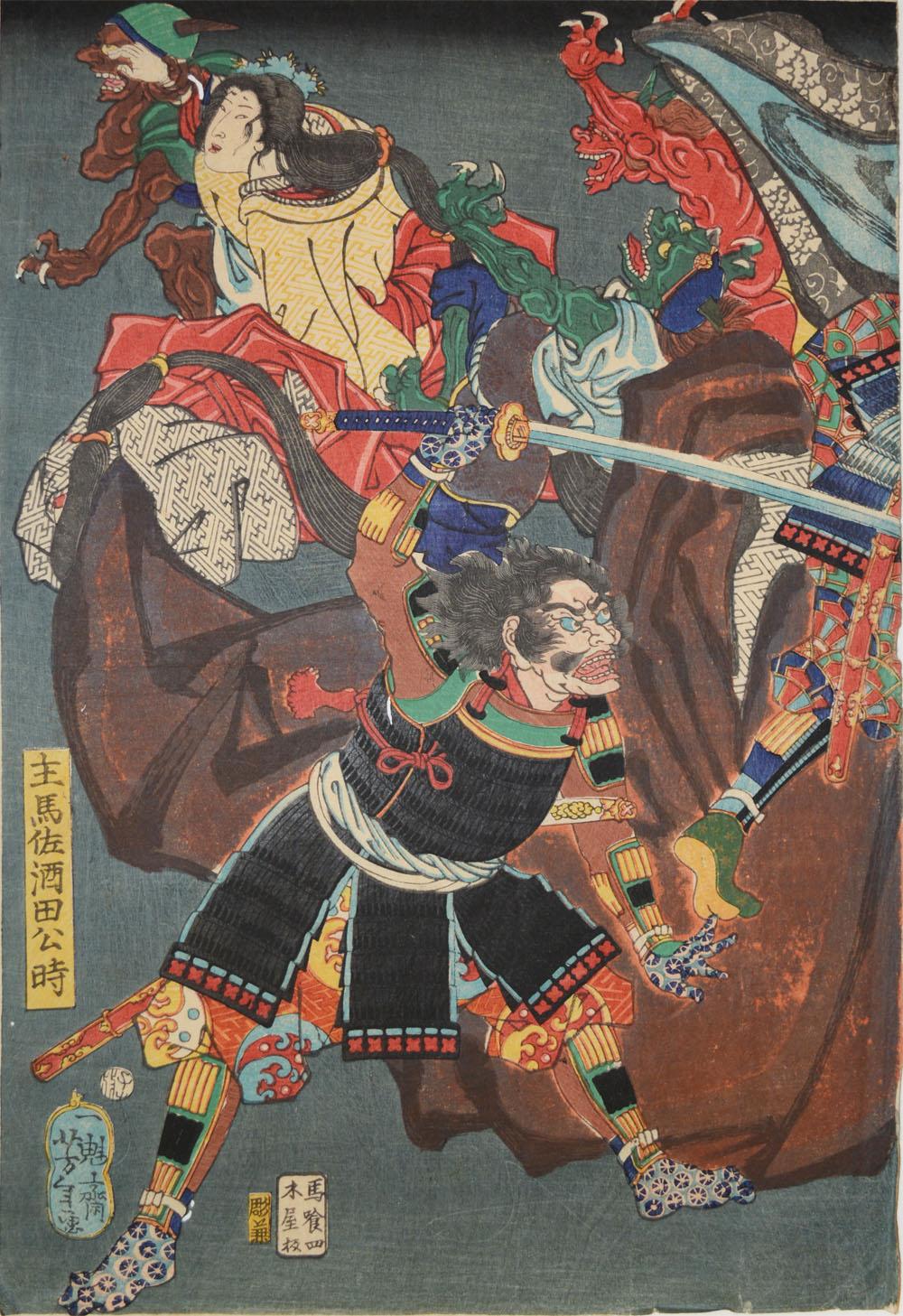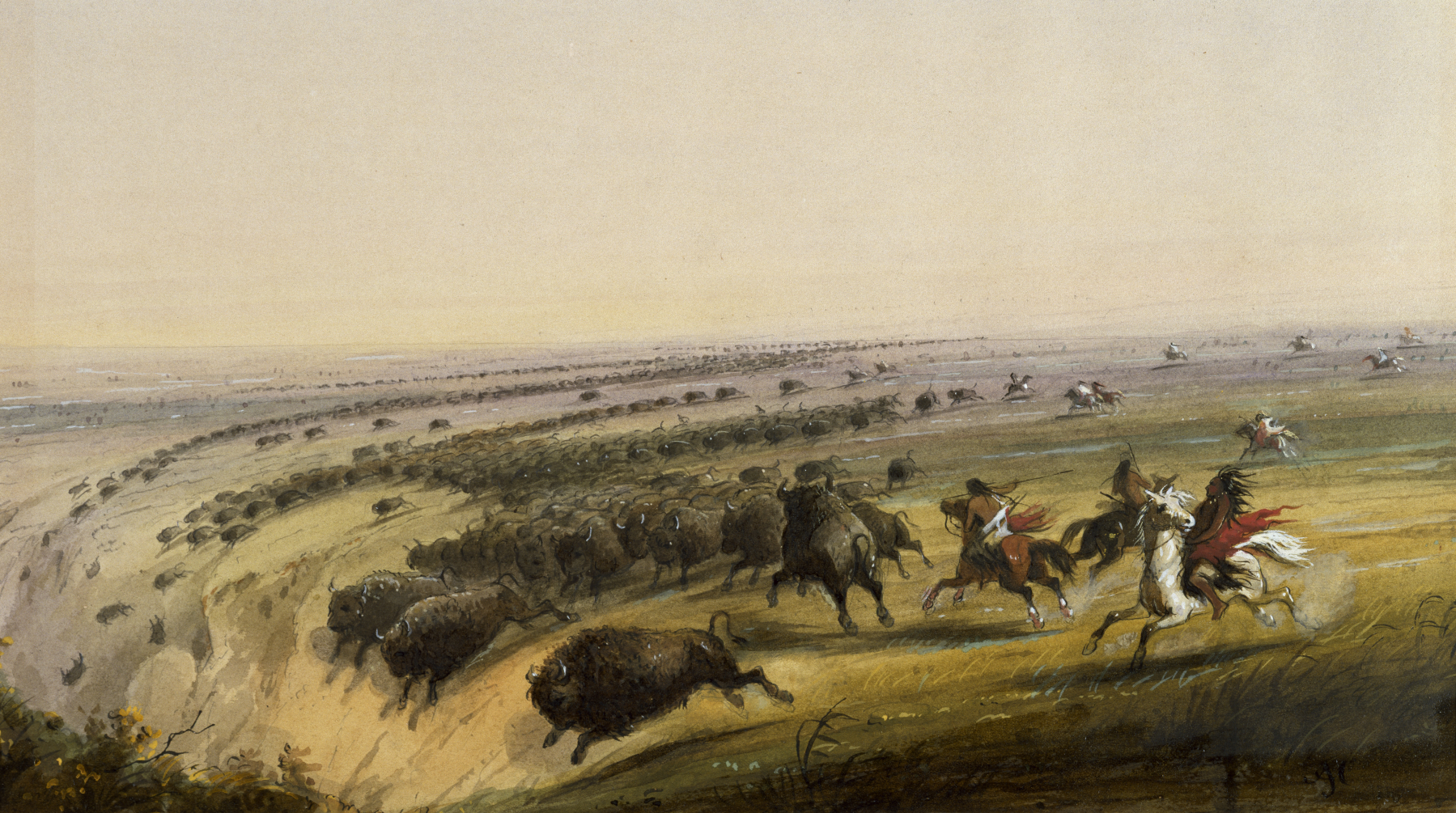

Mokuhanga on the other hand uses just a small hand-held printing tool called a baren. Most traditional printing methods ask for expensive and heavy equipment that the majority of people simply don’t have access to. Inspired by the images on display, Mia looked into how they were made and was surprised to discover she wouldn’t need much to start practicing the technique herself. Her first taste of mokuhanga came in the form of a Japanese ukiyo-e art exhibit at the Brooklyn Museum. “Japanese Moons Willow” by Mara Cozzolino How about contemporary artists in Tokyo?Īllow me to introduce Tokyo-based artist Mia O. As well as having the qualities Mara was searching for, mokuhanga’s harmonious relationship with the natural world provided her with a source of inspiration that has strongly influenced her work. Despite being unchanged for centuries, mokuhanga happens to be an environmentally-friendly, water-based printing process, requiring only simple materials and no toxic chemicals. Her search for a more eco-friendly printing process is what led her to mokuhanga. Whilst some etching artists have managed to make their work processes more sustainable, Mara decided to take the opportunity to switch to an altogether different technique. Before discovering mokuhanga, Mara worked as an illustrator practicing another printing technique known as etching, however it became increasingly difficult for her to justify its use of toxic chemicals and the impact they were having on both the environment and her health. So who’s using the art form overseas?įor one, printmaker Mara Cozzolino has been practicing mokuhanga from her art studio in northern Italy since 2011. Having developed alongside publishing and not high art, mokuhanga is an unpretentious technique that invites us to not only create art but also reconnect with nature – two basic pleasures that are all too often missing from our modern lives. Despite having a history that’s strongly connected to Japanese culture, mokuhanga’s future is appearing to be increasingly international, showing its potential to connect artists from around the world and offering exciting opportunities for cultural exchange. Well, mokuhanga is today being recognised as an accessible and environmentally friendly art form, meeting the needs of contemporary artists.

Whilst the art has a rich history, it is now being recognized for having unique characteristics that are appealing to modern artists around the world. The artist then rubs color into the wood and presses the paper onto the surface which, when removed, reveals the carved image.

Any areas of the image where color should not appear must be cut away from the block, resulting in something that looks like a wooden stamp. Mokuhanga is a traditional printing technique once used commercially in Japan to mass produce images such as Katsushika Hokusai’s famous “The Great Wave off Kanagawa.” The multi-step process begins with the carving of wooden blocks. All of these materials are coming together to be used in a process known as woodblock printing, or mokuhanga. Her specially designed workstation is overflowing with handmade paper, various tools and bowls of brightly colored pigments.
#Moku hanga printmaking pre 1800s manual
The highly manual process of the art form she’s employing means that consistency takes time to master but, with her level of skill, each print is revealed as a perfect replica of the last. She is halfway through adding black outlines to a batch of 99 prints. Most challenging bit of carving to date is complete! Now for the other 7 blocks.Climbing a narrow staircase to the third floor of the Mokuhankan print shop in Asakusa takes me to a studio where a printmaker is at work. Eek!įirst and second proofs, working on color and finishing touches of carving.Īll of eight blocks for “Reflection of Half Dome,” before first proof.įour of eight blocks finished for “Reflection of Half-Dome.” On June 21 I am throwing a First Proof Party where I will print all eight blocks together for the first time! That is always one of my favorite moments, so I thought I would share it with others. Three weeks until deadline for the Froggwell Biennale show.

Progress carving… Upside down ponderosa detail: The watercolor sketch is what it will (sort of) look like in the end. Key block is almost finished- now I will print it once, then use the print to create the reflection of the bridge at the very bottom of the piece. Printing progression for “Reflection of Half Dome.”


 0 kommentar(er)
0 kommentar(er)
